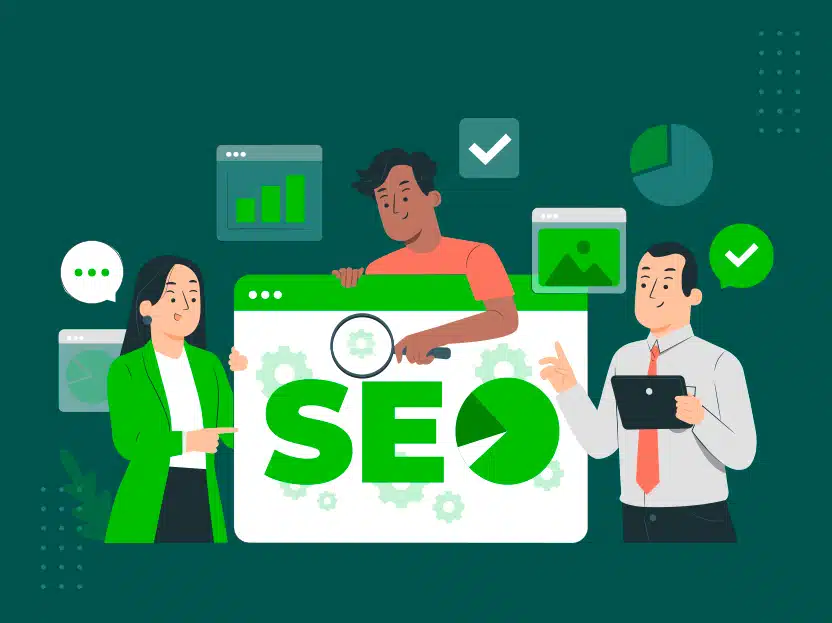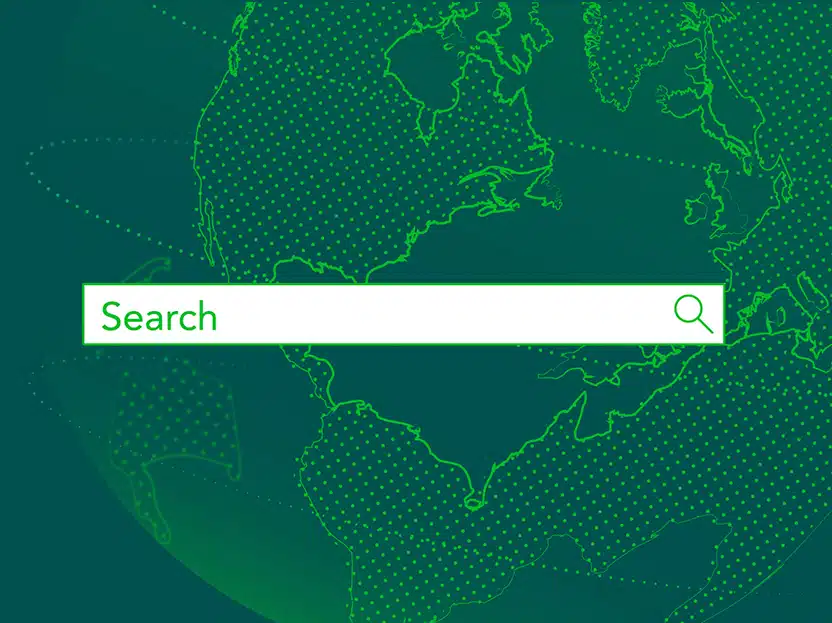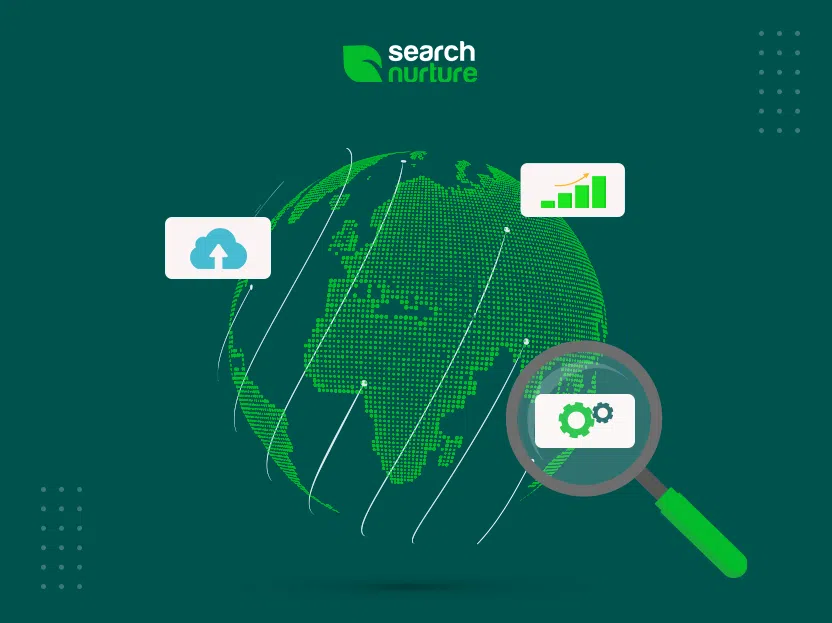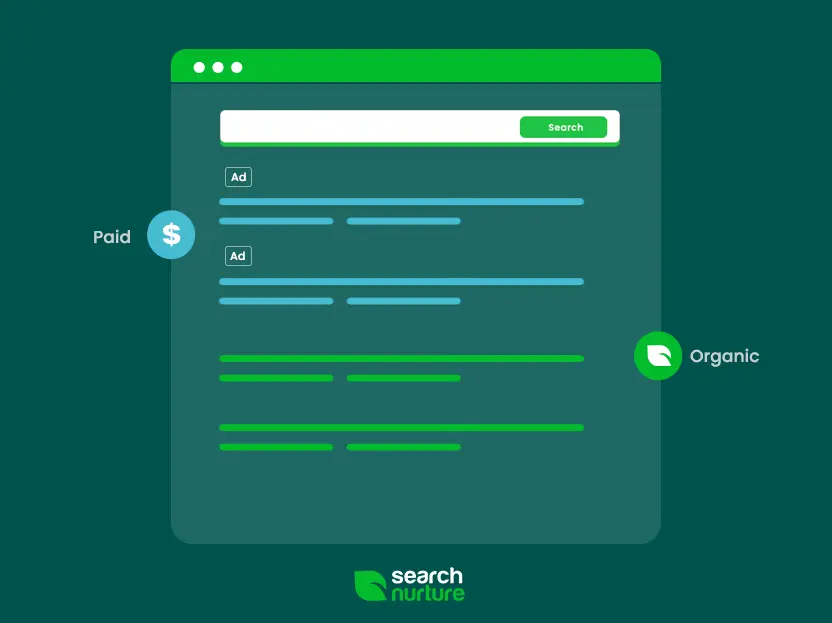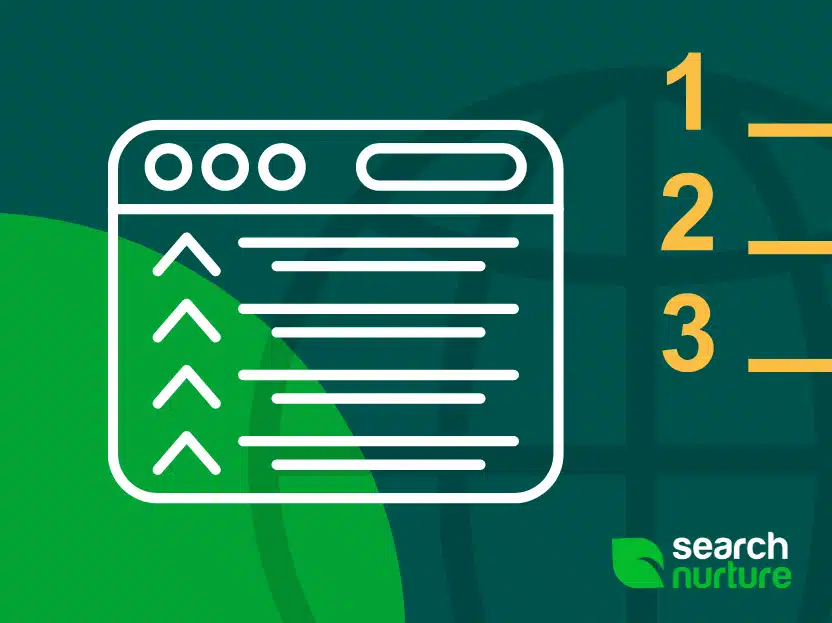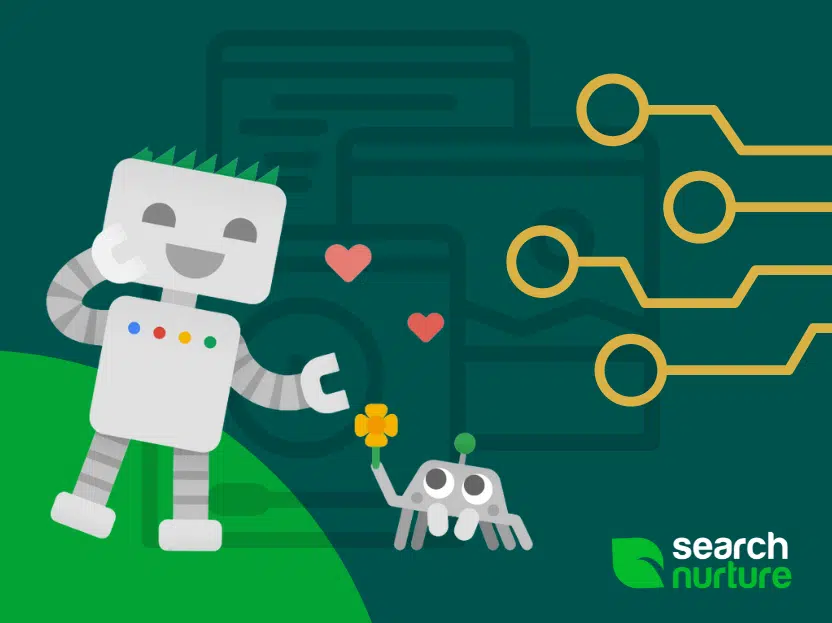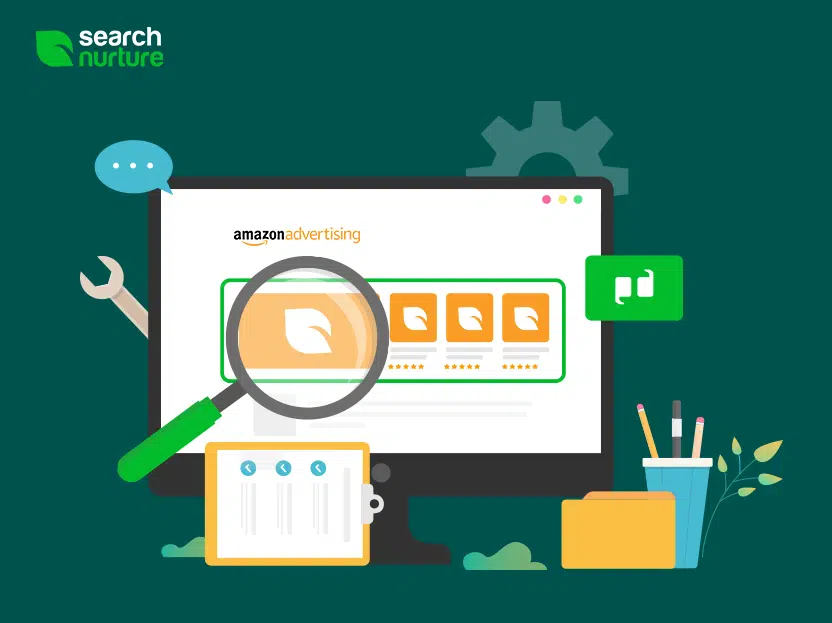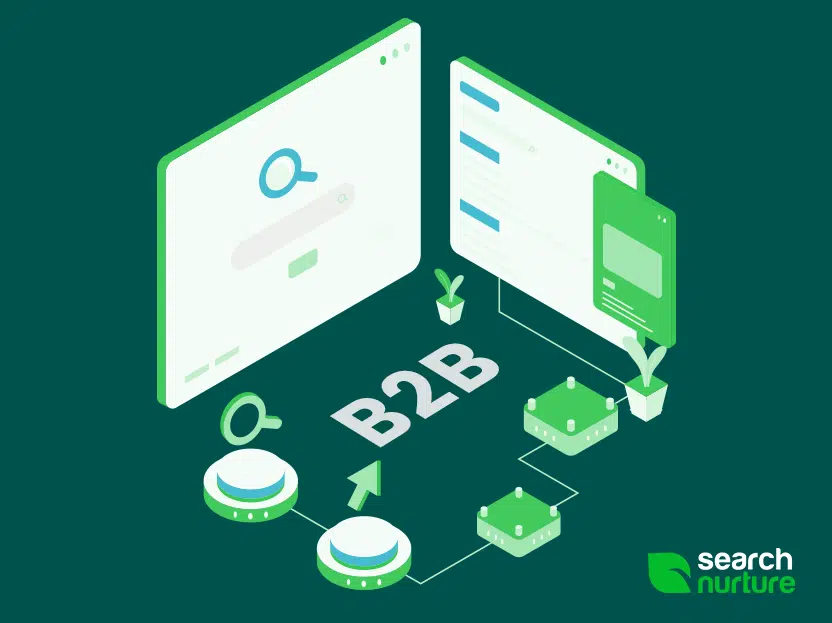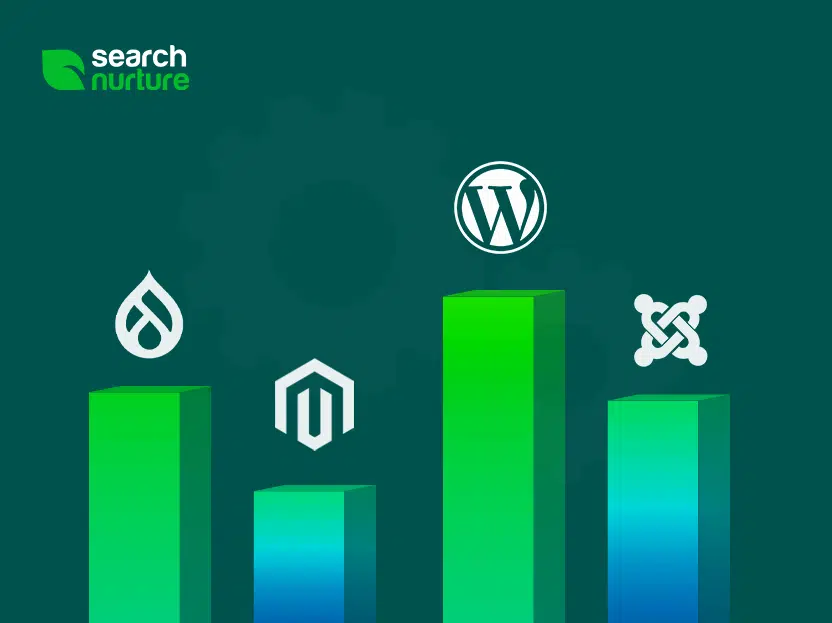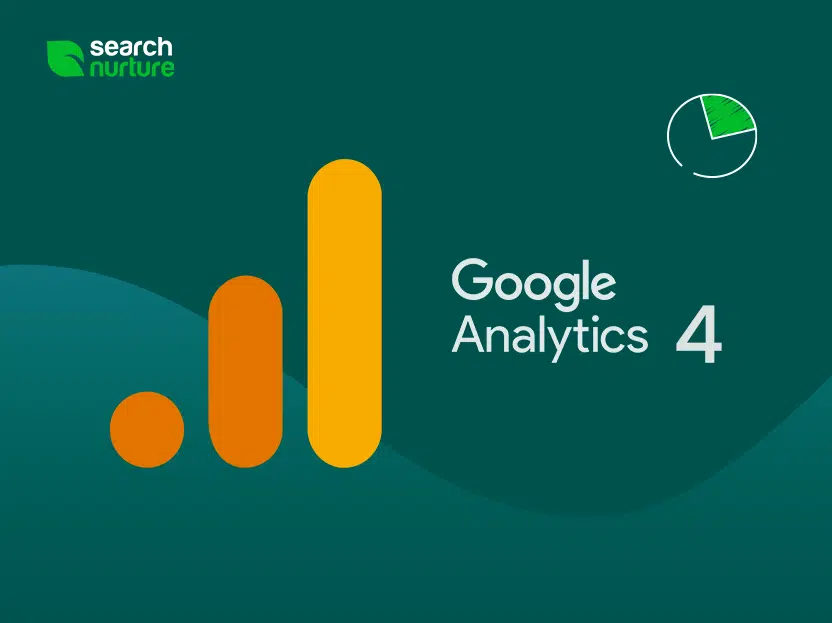What am I going to get from this article?
You are going to get a head start on understanding SEO, what SEOs do, and why. This will give you insight into where things are going, what to avoid using a knowledge of search engines, and why SEO is what it is today. A lot of people look for the quick and easy ‘how’ to do SEO or content marketing. This is made worse by the large quantity of online training courses. They can lead to many mistakes and a lack of understanding when the hard work doesn’t pay off. But understanding SEO doesn’t have to be difficult. If you understand the ‘why’, you are able to modify the ‘how’ to maximize and ensure your success.
What is SEO?
SEO is an acronym for Search Engine Optimization. The practice of optimizing your website, content and online presence to rank organically (i.e. in the non paid spots) in search engines, such as Google.
The Setup
Since the beginning of SEO there have been two groups of SEOs: white hat and black hat. Users have framed them as Good and Evil, and they have the same goal, but different methods. Black hat’s want to drive traffic and beat the search engine without regard to ethical or moral choices in how they accomplish this. White hat’s play by the rules and receive value by providing value. Many times intentions and actions don’t line up or fall into one categorization of the other; these are ‘grey hat.’
There is a third player in the game: the search engines. For this article, we will focus mainly on Google since they have the lion’s share of the market in the US.
Google works with white hat and against black hat because it has one goal throughout all of this: to provide the best user experience possible by providing the best search results possible, thus maintaining its market share.
In the interest of understanding SEO and where it stands today, we must understand why and how we got to this point. Let’s begin.
A Brief History of SEO
A key component of understanding SEO is understanding its history. When the internet first gained popularity, there was not a simple way to navigate around. This was due to both technical constraints and a lack of innovation and vision. People primarily defaulted to directories; in the offline world, the Yellow Pages was the dominant entity in how to find a phone number or a business. Web directories were clunky and with the speed of internet growth, difficult to maintain. From this, search engines were born. Yahoo, Lycos, Altavista and many more were battling against each other for the search market. They based their results on relevance of content to the words a searcher put in. Not long after their creation, people realized the value of being listed at the top. Thus, SEO was born.
Understanding SEO: White and Black Hat
White hat SEO’s started writing content for users that was relevant and solved a problem. Black hat’s began stuffing content with keywords to make them appear more relevant to the search engines. Content creators could easily exploit the simple relevance algorithms of the time, even just filling a page with the same keyword over and over would help it rank higher in many search engines. Many sites would do this and hide the text by making it the same color as the background so it wasn’t visible to users. Search engine algorithms were so literal at the time that sites would make a separate page for every variation of a keyword, including typos, to capture all of the traffic. It wasn’t long before relevance and quality weren’t correlated because gaming SEO was so effective.
This is where Google innovated and became the leader. Larry Page decided that relevance was not enough to rank pages with and that search engines needed a metric of user confidence, so they created a search engine that ranks sites with relevance and ‘votes’. Google started using links and PageRank for authority. PageRank used the concept of published scientific papers, in which the more times a paper’s work was cited by another paper, the more authoritative the cited paper became. Links replaced citations and PageRank was the value of the quantity and quality of links a website had.
Making Waves
Google changed the game and had the highest quality search results. It wasn’t long before there was a subset that aimed to game the new system. Link spam became prevalent to steal rankings. Sitewide links in the footers and headers of websites, tools that signed sites up for every directory on the web, and networks of fake sites, and reciprocal links become common. To keep quality results, search engines had to evolve.
They refined link signals, and used anchor text to identify relevance of pages. Anchor text is the text of the link, used as a description of what the page it linked to was about. They began weighing the value of links in content more than footer links or simple submission links like directories. They started banning sites for using link networks or overdoing reciprocal linking. The stronger the page a link was, the stronger the PageRank a link from the page would send. All of these trust signals made it harder to game the system and made the experience for the user better.
Alas, white hats continued making quality content and earning links and black hats continued to game the system. Web 2.0 became a trend; blogspot, WordPress, and other sites where a user could make a subdomain and post content to it like a blog. This made it very easy for users to create content, distribute it, and link it back to their site. Tools came out that created layers of content that linked back to each other and ultimately to the site. Private networks of websites became very popular to build up hundreds of sites authority and use them to point the links to client sites or their own sites. Google responded again, but this time they changed the landscape of SEO forever.
The Biggest Shift Yet
Panda and Penguin was the biggest shift in the history of search engines since their creation. In a few short months, both algorithms came out that targeted the biggest two issues in search engines. Panda penalized sites with low quality content. How-to sites with thin content that were ranking but not useful to the user were then instantly wiped off the face of the search engine. Sites that were ranking with relevance and links but without value in content immediately disappeared.
Many companies scrambled to stay relevant. Then as abrupt as Panda was, Penguin came out. This update was a separate algorithm from the main algorithm which analyzed websites link profiles and penalized them automatically for doing any kind of funny business. It seeked out private link networks and any kind of spammy linking practices by analyzing IP groups, content types, ratios of links compared to industry standards and penalized anyone doing anything unnatural.
This caused the biggest shift in the industry as it made most black hat techniques more expensive than white hat techniques and scared people into worrying that if they invested in black hat techniques, the investment might just disappear some day. It took a lot of adjustment to get sites to changes their techniques, and some still try them today, but the results are much better than they used to be.
Modern Day
Since then, Hummingbird and RankBrain (and many others) have come out to further refine search, including working on natural language, combining many searches into one with suggested searches (no more typos), penalizing sites with too many ads, and penalizing unmarked sponsored content. RankBrain put a huge emphasis on user data to analyze how successful content is. Signals including time spent on a page and the click-throughs between different search results show Google the value that piece of content provides for its users.
Panda and Penguin used to give large penalties at long intervals, updating only every few months. Now they are both part of the main algorithm, always processing. While there are still many blackhat techniques out there, the risk and complexity of the algorithms preventing those make most of them not worth it, as a single penalty can cripple a company’s online presence.
Google now gives out a lot less information about updates because the algorithms do the talking and the guidelines are very clear. The best way to get ahead in the long run is to create valuable content and a well-built website to appeal to your end user. Questions like “should I submit my site to directories?” can always be answered with another question “will that directory listing provide value to your users?”. SEO is now what it always wanted to be, a focus on creating the best, most shareable content for your users. By taking the time to strengthen your understanding of SEO, you can bring these benefits to your users and readers.
Feel free to check out some of our other articles if you’d like to learn more about SEO, such as difference between SEO and SEM, or the best CMS options available for optimizing your content.


